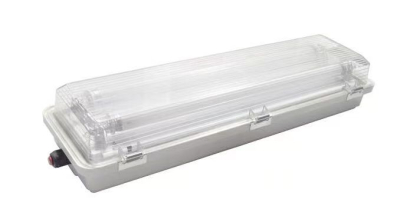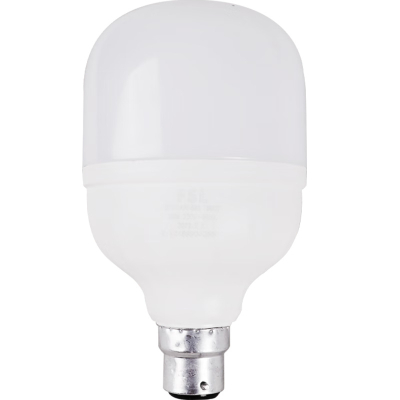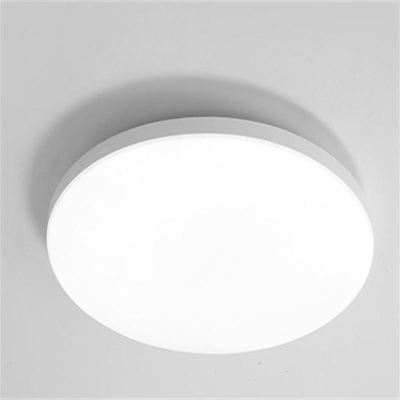Wall Light
A wall lamp is a lighting fixture that is mounted on a wall to provide illumination. It is designed to offer a combination of functionality and aesthetics, serving to light up specific areas such as hallways, staircases, bedrooms, or living rooms. Wall lamps can also enhance the decorative aspect of a room, adding a warm and inviting glow to the space.
The lamp body is the main structure of the wall lamp. It can be made of various materials such as metal (e.g., brass, aluminum, steel), plastic, or glass. Metal lamp bodies are popular due to their durability and the ability to conduct heat away from the light source. The shape of the lamp body can vary widely, from simple and sleek rectangular or circular designs to more elaborate and artistic forms with curves, angles, and decorative details.

The light source used in a wall lamp can be different types. Incandescent bulbs were once commonly used, but now light - emitting diodes (LEDs) are becoming the dominant choice. LEDs offer numerous advantages, including energy - efficiency, long lifespan, and the ability to produce a wide range of color temperatures. Some wall lamps may also use compact fluorescent lamps (CFLs). The power and number of light sources depend on the intended use and the desired brightness of the lamp. For example, a wall lamp for a bedside might have a single low - wattage LED for a soft glow, while a wall lamp for a hallway might have a brighter, multi - bulb setup.
Many wall lamps come with a shade or a diffuser. The shade can be made of fabric, glass, or plastic. A fabric - covered shade provides a soft and diffused light, creating a cozy atmosphere. Glass shades, such as frosted or clear glass, can offer different lighting effects. A frosted glass shade diffuses the light more evenly, reducing glare, while a clear glass shade allows the light source to be more visible and can direct the light in a more focused way. A diffuser, which is usually a translucent material, helps to spread the light in a wide angle and can also enhance the aesthetic of the lamp.
Wall lamps have specific mounting hardware to attach them securely to the wall. This typically includes a backplate or a mounting bracket. The backplate is usually a flat piece of metal that is screwed to the wall, and the lamp body is then attached to the backplate. Some wall lamps may have adjustable mounting mechanisms that allow the user to change the angle of the lamp to direct the light as desired. The mounting hardware also includes electrical components such as wire connectors and switches. Some wall lamps have an in - built switch on the lamp body itself, while others are wired to a wall - mounted switch.
When the wall lamp is connected to a power source, the electricity is supplied to the light source. In the case of an incandescent bulb, the current passes through a filament, which heats up and emits light due to the resistance of the filament. For CFLs, the electricity ionizes a gas inside the tube, producing ultraviolet (UV) radiation. The UV radiation then strikes a phosphor coating on the inside of the tube, converting it into visible light. In LED - based wall lamps, the electric current passes through the semiconductor material of the LEDs. Electrons in the semiconductor recombine with holes, releasing energy in the form of photons, which is the light we see. The shade or diffuser then modifies the light distribution, either spreading it more evenly, focusing it, or creating a particular lighting pattern.
Wall lamps are an excellent lighting solution for areas where floor space is limited. They are mounted on the wall, leaving the floor and table surfaces free. They can provide focused lighting for specific tasks such as reading in bed, navigating a staircase, or highlighting a piece of art on the wall. In hallways, they can offer a gentle illumination without taking up any valuable space.
Wall lamps come in a vast array of designs and styles, making them a great way to enhance the decor of a room. They can match the overall theme of the room, whether it's a modern, minimalist design, a traditional, vintage look, or a more eclectic style. For example, an antique - style wall lamp with a brass finish and a fabric shade can add a touch of old - world charm to a bedroom.
Many wall lamps allow for some adjustment of the light direction. This means that the light can be angled to illuminate a particular area, such as a reading nook, a doorway, or a specific part of a wall. This flexibility in lighting direction is a valuable feature for different lighting needs.
Compared to ceiling lamps or floor lamps, wall lamps generally have a more limited coverage area. They are designed to provide focused or directional lighting, so they may not be sufficient to light up an entire large room on their own. For a well - lit room, they may need to be combined with other lighting sources.
Installing a wall lamp requires some knowledge of electrical work and proper installation techniques. It involves drilling holes in the wall to mount the backplate and connecting the electrical wires. Incorrect installation can lead to electrical hazards or a poorly mounted lamp. In some cases, it may be necessary to hire a professional electrician, especially for more complex or heavy - duty wall lamps.







